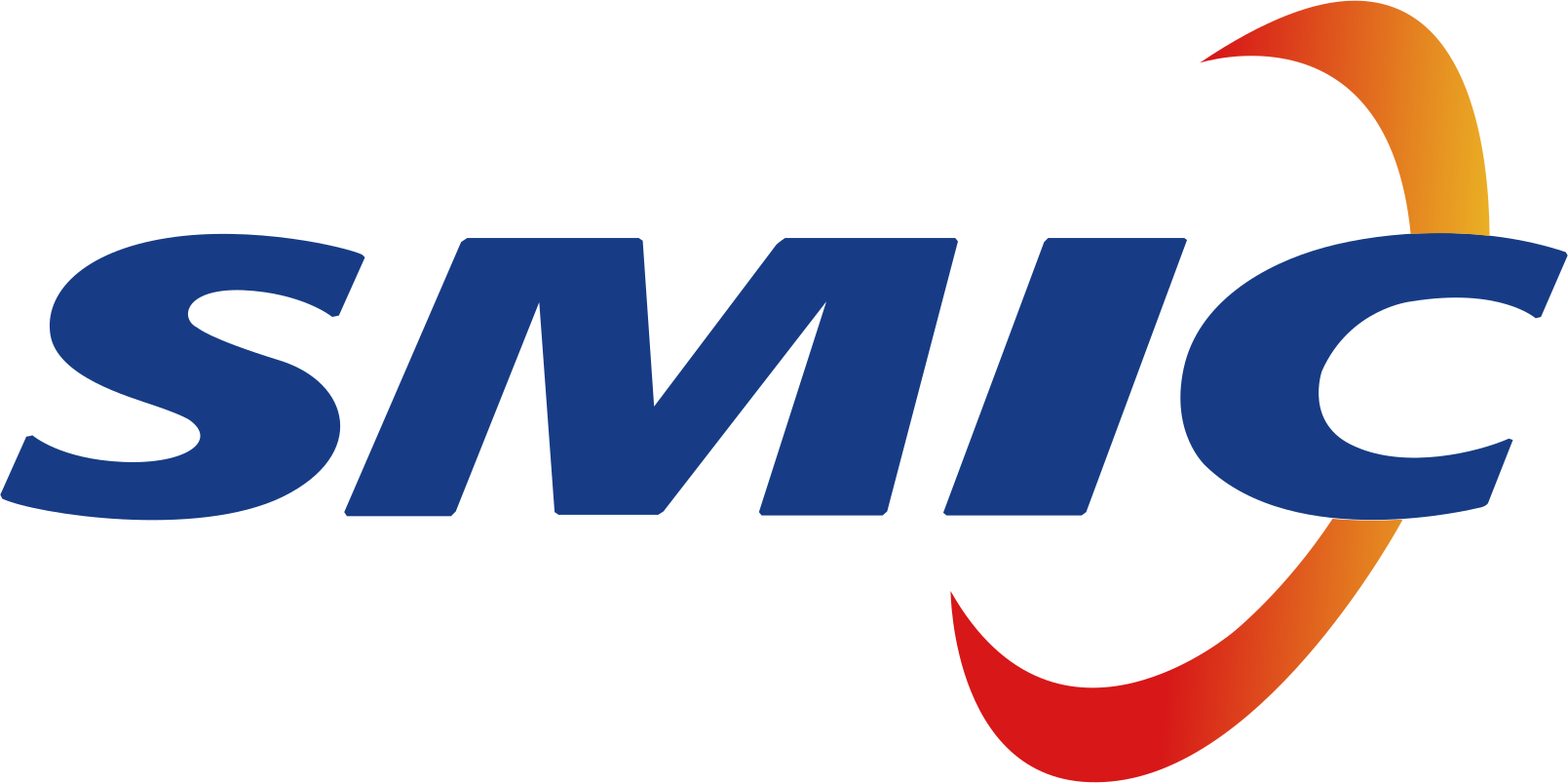SMIC(00981)
Search documents
【窩輪透視】中芯國際技術買入信號顯現,高性價比窩輪佈局指南
Ge Long Hui· 2025-12-20 16:47
昨日(18日)半導體股走勢分化,中芯國際(00981)全天收報64.7港元,單日微跌0.08%,成交額達25.51億港元。從技術面來看,股價處於短期均線 (MA10:67.16港元)、中期均線(MA30:69.87港元)及長期均線(MA60:73.85港元)下方,呈現典型的短期弱勢格局,但技術指標綜合信號為"買 入",信號強度達10,RSI指標為39,接近超賣區域。多個震盪指標綜合判斷為"嚴重超跌,可能築底,買入",這表明股價經過調整後,反彈動能正在醞釀。 其他個股表現各不相同,12月18日,華虹半導體(01347)收盤價報67.25港元,下跌1.39%,同樣處於均線阻力之下,技術信號呈現"中立",短期需要觀察 能否守住支撐位;上海復旦(01385)則逆市上漲7.03%,收報45.06港元,但RSI達到58,接近超買水準,需留意獲利回吐壓力。相關科技股方面,舜宇光學 (02382)收報65.35港元,下跌1.80%,技術形態偏弱,多項指標呈現"賣出"信號;中興通訊(00763)收報26.94港元,跌1.46%,雖然短期均線向下運行, 但部分震盪指標顯示超賣,或存在技術性反彈機會。 整體而言,半導體板塊受制於行 ...
恒恒生医疗强势爆发,科技、互联网、大消费等紧随其后
Ge Long Hui· 2025-12-19 20:58
止跌企稳,高开高走后震荡上行,截止午盘恒生指数上涨0.65%。恒生医疗涨幅居前,恒生科技、互联 网、大消费等紧随其后;银行相对偏弱。 银行股相对偏弱,早盘始终维持在中轴上方窄幅盘整,截止午盘小涨0.26%。其中中国银行。农业银 行、招商银行。汇丰控股等股小幅上涨;渣打银行、中银香港等股小幅下跌。 内容只是个人观点,仅供参考,不作为投资依据!欢迎关注交流,互相学习、共同探讨! 恒生医疗高开高走大涨2.67%,其中药明生物大涨6.48%,三生制药上涨3.7%,京东健康、信达生物、 药明康德、石药集团、中国生物等多股涨幅在2%上方。 恒生科技小幅高开后维持在高位盘整,截止午盘上涨1.67%。其中美团上涨2.27%,中芯国际、网易、 腾讯控股、百度集团等多股涨幅均在1%上方。 ...
中芯国际根据以股支薪奖励计划发行合共2.94万股

Zhi Tong Cai Jing· 2025-12-19 13:24
中芯国际(00981)发布公告,于2025年12月19日,非公司董事因行使根据以股支薪奖励计划所授予的受 限制股份单位而发行合共2.94万股普通股股份。 ...
中芯国际(688981) - 港股公告:翌日披露报表

2025-12-19 11:01
FF305 翌日披露報表 (股份發行人 ── 已發行股份或庫存股份變動、股份購回及/或在場内出售庫存股份) 表格類別: 股票 狀態: 新提交 公司名稱: 中芯國際集成電路製造有限公司 第 2 頁 共 6 頁 v 1.3.0 FF305 呈交日期: 2025年12月19日 如上市發行人的已發行股份或庫存股份出現變動而須根據《香港聯合交易所有限公司(「香港聯交所」)證券上市規則》(「《主板上市規則》」)第13.25A條 / 《香港聯合交易所有限公司GEM證券 上市規則》(「《GEM上市規則》」)第17.27A條作出披露,必須填妥第一章節 。 | 第一章節 | | | | | | | | | --- | --- | --- | --- | --- | --- | --- | --- | | 1. 股份分類 | 普通股 | 股份類別 | 不適用 | 於香港聯交所上市 | 是 | | | | 證券代號 (如上市) | 00981 | 說明 港股 | | | | | | | A. 已發行股份或庫存股份變動 | | | | | | | | | 事件 | | 已發行股份(不包括庫存股份)變動 | | 庫存股份變動 | 每股發 ...
中芯国际(00981)根据以股支薪奖励计划发行合共2.94万股
智通财经网· 2025-12-19 10:43
智通财经APP讯,中芯国际(00981)发布公告,于2025年12月19日,非公司董事因行使根据以股支薪奖励 计划所授予的受限制股份单位而发行合共2.94万股普通股股份。 ...
中芯国际(00981) - 翌日披露报表

2025-12-19 10:33
FF305 翌日披露報表 (股份發行人 ── 已發行股份或庫存股份變動、股份購回及/或在場内出售庫存股份) | 2). 就根據股份計劃授予參與人(發行人的董事除外)的股份獎勵或期權 | 21,412 | 0.00027 % | HKD | 0.031 | | | --- | --- | --- | --- | --- | --- | | 而發行新股或轉讓庫存股份 - 涉及新股 | | | | | | | 非本公司董事因行使根據2024年股份獎勵計劃(於2023年6月28日獲 | | | | | | | 採納)所授予的限制性股票单位而發行的普通股股份 | | | | | | | 變動日期 2025年12月19日 | | | | | | | 於下列日期結束時的結存 (註5及6) 2025年12月19日 | 6,000,784,210 | | 0 | | 6,000,784,210 | | B. 贖回/購回股份 (擬註銷但截至期終結存日期尚未註銷) (註5及6) | | | | | | | 2. 股份分類 | 普通股 | 股份類別 不適用 | | 於香港聯交所上市 | 否 | | | --- | --- | --- ...
北水动向|北水成交净买入33.71亿 腾讯(00700)、阿里(09988)均获超10亿港元加仓
智通财经网· 2025-12-19 09:56
智通财经APP获悉,12月19日港股市场,北水成交净买入33.71亿港元,其中港股通(沪)成交净卖出9.27亿港元,港股通(深)成交净 买入42.97亿港元。 | 中芯国际 HK 00981 | 5.42亿 | 2.50亿 | 7.92亿 +2.92亿 | | --- | --- | --- | --- | | 小米集团-W | 4.661乙 | 2.55亿 | 7.21亿 | | HK 01810 | | | +2.11亿 | | 地平线机 ... | 2.58亿 | 2.38亿 | 4.96亿 | | HK 09660 | | | +1985.72万 | | 小鹏汽车-W | 2.55亿 | 1.98亿 | 4.53亿 | | HK 09868 | | | +5696.81万 | 北水净买入最多的个股是腾讯(00700)、阿里巴巴-W(09988)、中国海油(00883)。北水净卖出最多的个股是中国移动(00941)、中芯国 际(00981)、小鹏汽车-W(09868)。 | 股票名称 | 买入额 | 卖出额 | 买卖总额 | | --- | --- | --- | --- | | | | | 净流入 | ...
南向资金 | 腾讯控股获净买入11.17亿港元
Xin Lang Cai Jing· 2025-12-19 09:50
来源:第一财经 南向资金今日净买入33.71亿港元,腾讯控股、阿里巴巴-W、中国海洋石油净买入额位列前三,分别获 净买入11.17亿港元、10.49亿港元、2.17亿港元。净卖出方面,中国移动、地平线机器人-W、中芯国际 分别遭净卖出10.53亿港元、1.62亿港元、0.78亿港元。 ...
北水成交净买入12.57亿 北水继续加仓小米 抛售盈富基金超14亿港元
Zhi Tong Cai Jing· 2025-12-19 04:27
中金公司 中芯国际 中国移动 中国海油 长飞光纤 中金公司 分时图 日K线 周K线 月K线 35.80 -0.38 -1.05% 2.16% 1.44% 0.72% 0.00% 0.72% 1.44% 2.16% 35.40 35.66 35.92 36.18 36.44 36.70 36.96 09:30 10:30 11:30/13:00 14:00 15:00 5万 106万 207万 308万 12月18日港股市场,北水成交净买入12.57亿港元,其中港股通(沪)成交净卖出10.95亿港元,港股通(深)成交净买入23.53亿 港元。 北水净买入最多的个股是小米集团-W(01810)、美团-W(03690)、长飞光纤(601869)光缆(06869)。北水净卖出最多的个股 是盈富基金(02800)、中国移动(600941)(00941)、中海油(00883)。 | 股票名称 | 买入额 | 卖出额 | 头头层欲 | | --- | --- | --- | --- | | | | | 净流入 | | 阿里巴巴-W HK 09988 | 13.10亿 | 12.23亿 | 25.32亿 +8733.76万 ...
港股通电子主题指数亮相 联想集团、中芯国际、小米等入选
智通财经网· 2025-12-19 02:49
智通财经获悉,12月18日,恒生指数公司宣布推出恒生港股通电子业主题指数。 据悉,该指数的成份股包括TCL电子、创维集团、小米-W、中芯国际、联想集团、华虹半导体、比亚 迪电子、中兴通讯、联想控股、瑞声科技等。 该指数编制目的在于聚焦港股通市场中的电子板块,捕捉科技硬件、电子制造等赛道的企业股价表现, 为指数基金、ETF 等被动投资产品提供跟踪标的,同时为投资者提供了跨市场配置电子资产的工具, 帮助投资者完善在电子行业的全球化布局,捕捉港股电子板块的独特投资机会,搭建了内地投资者聚焦 更头部电子板块的投资与分析工具。 该指数反映了从事电子行业的香港上市公司的表现这些电子行业包括半导体和基础电子元件、电信设备 及零件、信息技术设备及零件以及音频/视频设备及零件沪港通样本股数量固定为40只代表市值最大的 前40支股票,且每半年评估一次权重每季度调整一次。 ...



